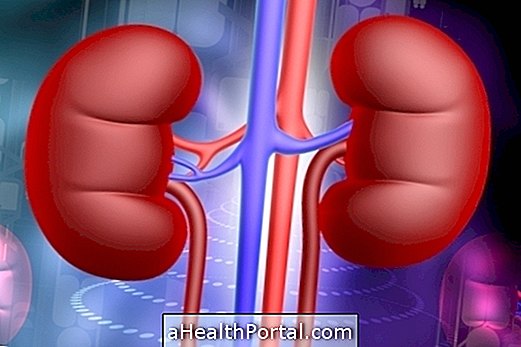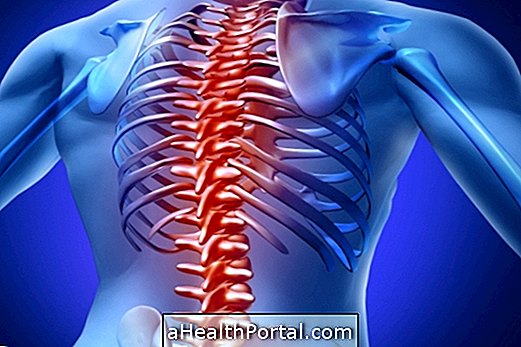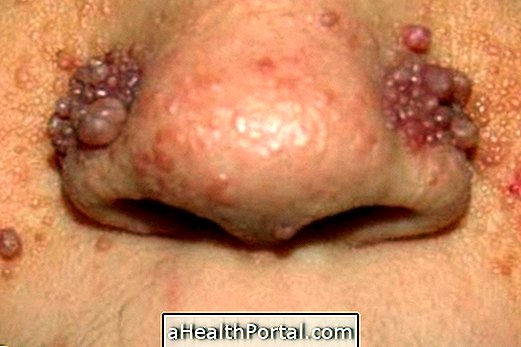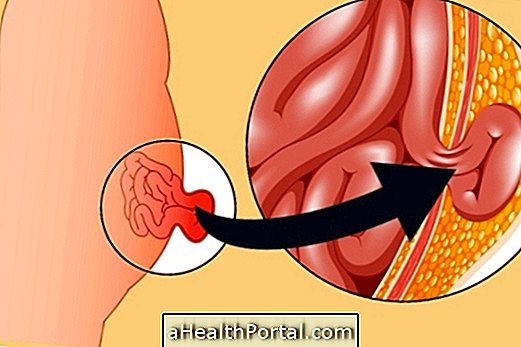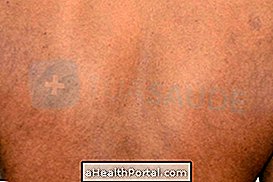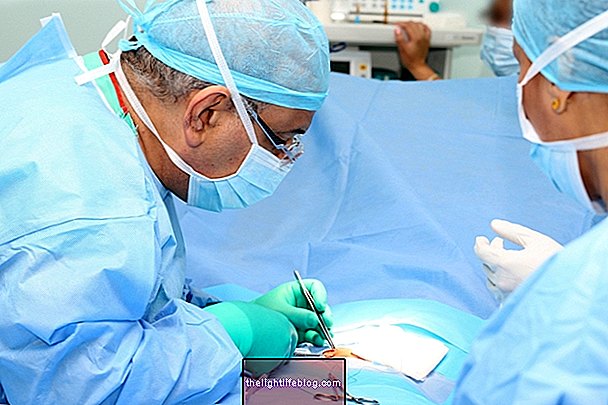Osteosarcoma is a malignant tumor that grows in the bone and arises mainly in children and adolescents, but is common until the age of 30.
Osteosarcoma is most common in the legs, knees or shoulders, however it can appear on any other bone. However, it easily forms metastases and so can spread to other sites and organs.
The diagnosis of osteosarcoma should be made as soon as possible by an orthopedist through examinations such as x-rays, CT scans, magnetic resonance imaging or biopsy.
Symptoms of osteosarcoma
The symptoms of osteosarcoma can be:
- Pain in the affected bone;
- Swelling in place;
- Redness and heat;
- Frequent fractures.
Symptoms of osteosarcoma may worsen at night, and therefore the patient may need to take analgesic medicines, such as Paracetamol.
Types of osteosarcoma
There are 3 main types of osteosarcoma, which are:
- High grade: they have very fast growth and include osteoblastic osteosarcoma or chondroblastic osteosarcoma ;
- Intermediate grade: they have rapid development and include periosteal osteosarcoma, for example;
- Low grade: they grow slowly and, therefore, are difficult to diagnose and include the parosteal and intramedullary osteosarcoma.
These types of osteosarcoma are classified according to the probability of spreading, so the higher the degree, the faster the development of metastases.
Treatment for osteosarcoma
The treatment for osteosarcoma is done with the combination of surgery and chemotherapy. That is, chemotherapy is done before surgery to reduce the size of the tumor, making it easier to remove completely during surgery.
However, when the osteosarcoma does not become cured after surgery, or if there are metastases, it may be necessary to use chemotherapy again to completely eliminate the tumor.
In more severe cases, it may be recommended to amputate the affected region to prevent the tumor from spreading to vital organs such as the lungs.
Useful link:
- Ewing's sarcoma


